At some stage of our lives, we will all have to contend with blemishes, discoloration, dark spots, or some other form of skin imperfection.
Skin imperfections are the body’s natural response to hormonal imbalances, infection, poor diet, unhealthy lifestyle, or too much sun exposure. Some will come and go on their own as we age or as our immune system takes care of our health and wellbeing, while some others require a little external help, such as medical intervention, pharmaceutical, or home remedies.
Whether it is skin tags, warts, moles, or age spots, here is a guide to understanding, removing, or treating those imperfections.
The Difference Between Skin Tags, Warts, And Moles
Skin tags, warts, and moles are all forms of blemishes that affect the skin. Some people are born with skin imperfections such as birthmarks, while others develop over time or as we age. Although annoying, most skin tags, moles, and warts are harmless, and easily treated without surgery or invasive medical procedures.
Skin Tags
Skin tags (acrochordons) are non-cancerous growths attached to the skin, often in places such as eyelids, armpits, groin or thighs, neck, under the breasts, or genitals. Skin tags can grow up to a few centimeters but are usually a lot smaller, between 1-5 mm. Despite being harmless, many people with skin tags find them unsightly and feel self-conscious. Almost everyone will develop skin tags at some stage in their life. However, people with skin disorders, diabetes, or obesity are more likely to have them. (1, 2)
Skin Tags Removal
Many skin tags will fall off over time and won’t require any treatment.
Over-the-counter products can be purchased and applied to the affected area, or they can be removed with the help of your dermatologist or doctor.
There are several natural removal techniques that you may want to consider (2):
- Soak a cotton swab in apple cider vinegar and apply it to the skin tag. Secure it with a bandage and leave it for a few hours or overnight. Repeat daily until the skin tag falls off.
- Tea tree oil is another effective way to get rid of skin tags. Soak a cotton ball in some water, trickle a few drops of tea tree oil on it, apply it to the skin tag, and leave for a few hours. Repeat for a few days.
- Garlic can help reduce inflammation. Place crushed garlic over the skin tag and cover the area overnight. The skin tag should shrink and disappear after a few treatments.
Moles
Like skin tags, moles are a very common skin growth. According to the American Academy of Dermatology, the average person has between 10-40 moles. (3) Moles are made up of cells that produce a darker pigmentation than your natural skin color. The appearance of moles can be flat or raised, smooth or rough, and can be visible from birth, develop over time, or by overexposure to the sun. (4)
Mole Removal
Removing moles use a similar technique to skin tag removal, whereby a licensed professional can deploy a medical procedure to remove the mole. (5)
There are a number of unproven methods for at-home mole removal including:
- Taping garlic to the mole.
- Using apple cider vinegar topically.
- Using iodine topically.
- Cutting the mole off with a razor.
Most moles are harmless and will usually fade or disappear over time. However, in a small number of cases, melanoma may grow inside a mole. If you have any concerns about the appearance of a mole, such as a change of color, shape, or size, you should contact your doctor or dermatologist for further inspection. (6)

Warts
Warts are small lumps of skin growth that appear after being infected by Human Papillomavirus (HPV). Commonly found on the hands and feet, warts can appear anywhere on the body. Though not necessarily dangerous to health, they are contagious and may spread to other areas of the body, or other people through contact, including sexual contact. (7)
Different Types of Warts
Common Warts
The most frequent form of wart is a fleshy growth on the hands, fingers, skin around nails, and feet. They are tiny — ranging from a pinhead to a pea in size – and feel like rough, hard bumps. They may appear with black dots, which are tiny blood clots. Warts are likely to develop wherever there has been a break in the skin. It can occur from biting fingernails and transferring the virus from hands to the face.Do you feel as though you have pebbles in your shoes? Examine the bottoms of your feet. Plantar warts got their name because “plantar” means “of the sole” in Latin. Unlike other warts, pressure from walking and standing causes them to develop into your skin. Warts may be single or grouped (known as mosaic warts). You may mistake them for calluses because they are flat, tough, and thick. Examine the surface for black spots.
Plantar Warts
Do you feel as though you have pebbles in your shoes? Examine the bottoms of your feet. Plantar warts got their name because “plantar” means “of the sole” in Latin. Unlike other warts, pressure from walking and standing causes them to develop into your skin. Warts may be single or grouped (known as mosaic warts). Because they’re flat, tough, and thick, it’s easy to mistake them for calluses. Examine the surface for black spots.
Flat Warts
These warts are smaller (about 1/8 inch wide, the thickness of your phone’s cord) and smoother than other types. The disadvantage is that they frequently develop in large clusters, sometimes as many as 20 to 100 at a time. Children’s faces, male beards, and women’s legs are some of the typical locations for flat warts.
Filiform Warts
Warts are thick, hard, and thread-like in appearance. They might resemble tiny brushes at times. Because they frequently develop on the face — around your mouth, eyes, and nose — they can be distracting, even if they don’t hurt much.
Genital Warts
You get herpes through sexual contact with an infected person. They may appear as tiny, scattered, skin-colored bumps or as a cluster of bumps similar to a little bit of broccoli on your genitals. They can spread, even if we can’t see them. Don’t try to treat genital warts yourself; you might be unable to cure them.
Other types of HPV, which may cause cervical cancer, may also be passed sexually, including through oral and anorectal sex.
Warts Removal
Many treatments can remove warts. However, warts often return as the HPV remains within the body. Currently, there is no treatment for HPV. (8) The body’s natural immune system will usually get rid of the virus within two years. (9)
Some ways to treat warts include:
- Salicylic acid. According to an August 2011 study, “salicylic acid is the only topical treatment that clearly outperforms a placebo.”
- Cryotherapy, or freezing, involves liquid nitrogen which introduces extreme cold to eliminate the wart.
- Duct tape method. One of the more unusual treatments for warts. Duct tape may starve the wart of oxygen or remove particles of HPV and dead skin cells when removed. (10)
Other Skin Blemishes
Dark/Age Spots.
Dark spots usually appear from too much sun exposure and aging. If you have a history of frequent or intense sun exposure, or if you are light-skinned, you are at greater risk. Age spots don’t require any kind of medical intervention. (11)
Clogged Pores
Clogged pores from excess oil and dirt can cause acne and dull skin. (12)
- A wonderful cure for clogged pores is the simple method of steaming. Boil some water, lean over it, and cover the head with a towel. Steam the face for 15-20 minutes, then rinse with apple cider vinegar.
- Another effective way to clean clogged pores is a sugar scrub. Mix lemon juice and sugar until you get a paste, apply the paste to your face, and rub, then rinse with water.
Whatever is going on with your skin, it’s important to remember that nearly everyone encounters moles, warts, skin tags, and maybe even a combination of all of the above, at some point in their lives. But there are plenty of treatments and remedies, so see a dermatologist or medical professional for regular checkups to ensure your skin stays clear and healthy.
For a complete guide to a healthier lifestyle, including blemish-free skin and other health and wellbeing tips, sign up for our Newsletter today.
References:
- Skin Tags (Acrochordons): Skin Tag Removal, Skin Tag on Eyelid (clevelandclinic.org)
- Skin Tag Removal: Home Remedies, OTC Options, and More (healthline.com)
- Moles: Who gets and types (aad.org)
- How to Tell the Difference Between Skin Tags, Moles, & Warts (epiphanydermatology.com)
- Mole Removal: What Happens, How It’s Done, and More (healthline.com)
- Warts and Plantar Warts | Michigan Medicine (uofmhealth.org)
- HPV Treatment | CDC
- Basic Information about HPV and Cancer | CDC
- How to get rid of warts – Harvard Health
- Age spots (liver spots) – Symptoms and causes – Mayo Clinic
- How to Unclog Pores: Safe Methods, What to Avoid, and More (healthline.com)
- Warts: Pictures, Causes, Types, Removal, and Treatment (webmd.com)
- Warts: Overview – InformedHealth.org – NCBI Bookshelf (nih.gov)
- Patient education: Common warts, plantar warts, and flat warts (Beyond the Basics) – UpToDate
- Management of Genital Warts (aafp.org)
- Warts: Causes, types, and treatments (medicalnewstoday.com)
- Hydatidiform Mole in a Patient With a Concern for Neoplasia: A Case Report – PMC (nih.gov)
- Warts, verrucas, human papillomavirus infection | DermNet NZ
- Warts – Better Health Channel
- Common warts – Symptoms and causes – Mayo Clinic
- Warts: HPV, Causes, Types, Treatments, Removal, Prevention (clevelandclinic.org)
- STD Facts – Human papillomavirus (HPV) (cdc.gov)



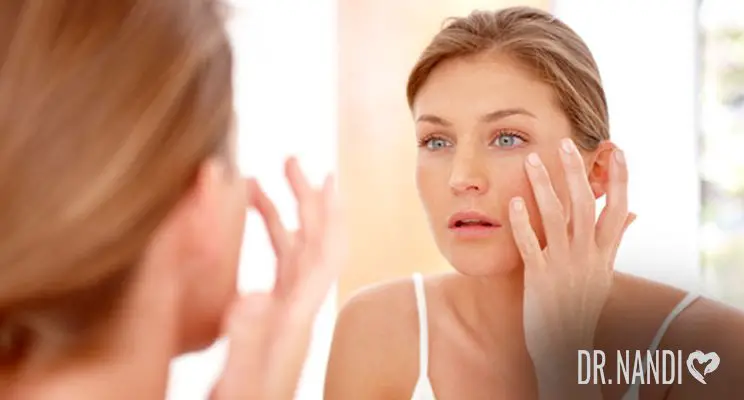

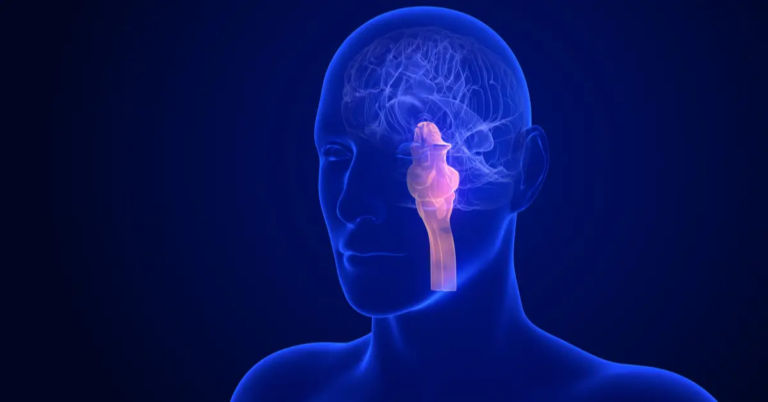

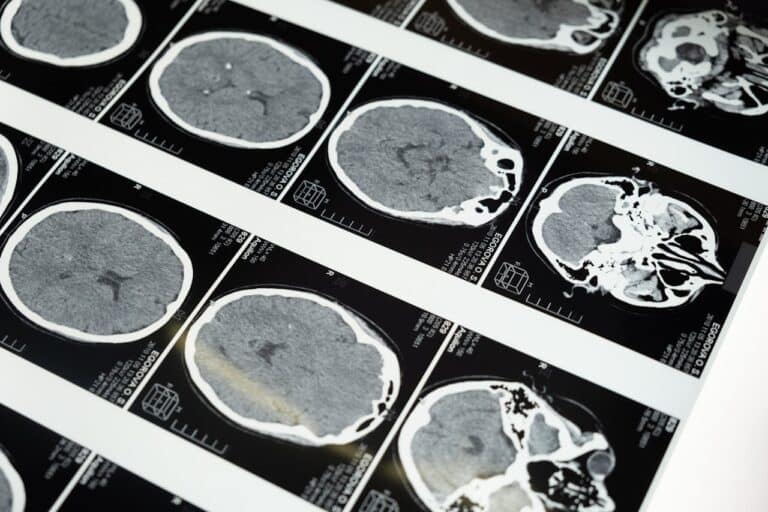
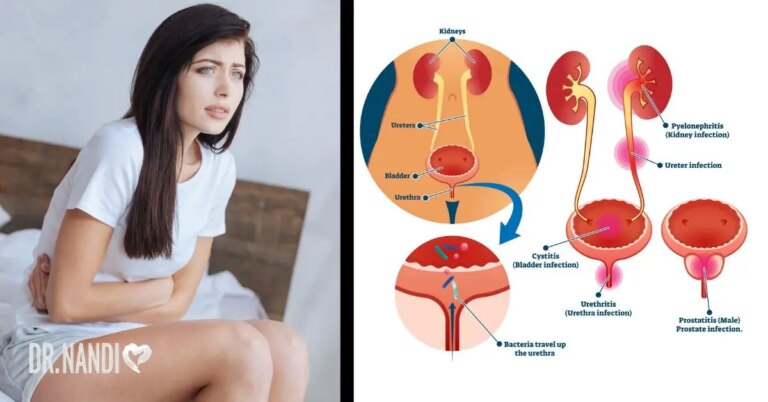
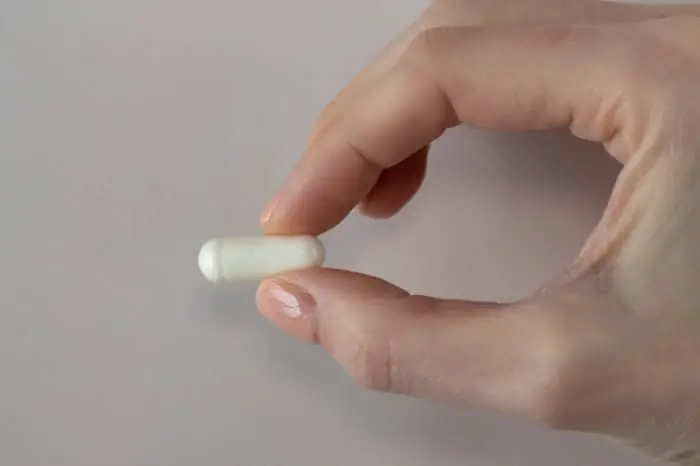

 Subscribe to Ask Dr. Nandi YouTube Channel
Subscribe to Ask Dr. Nandi YouTube Channel










